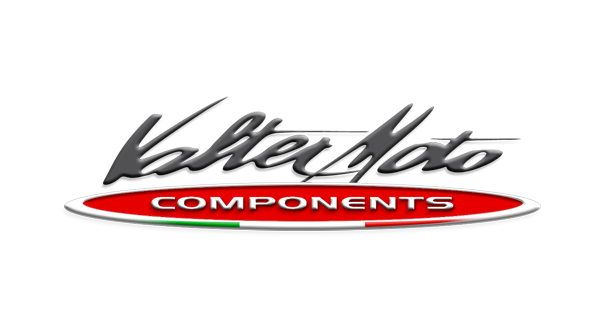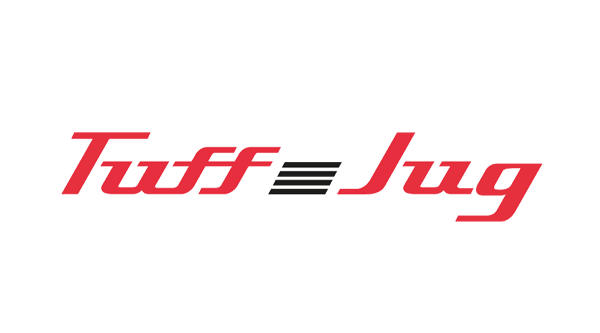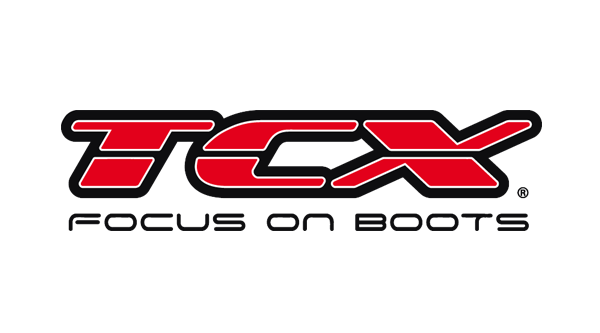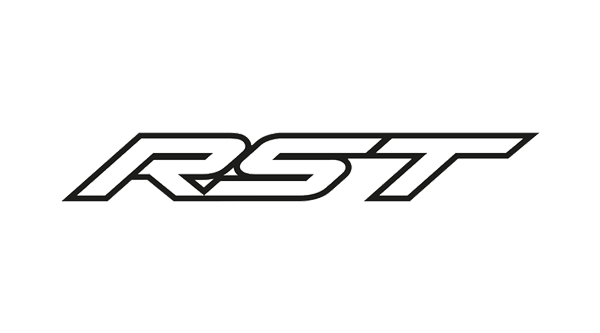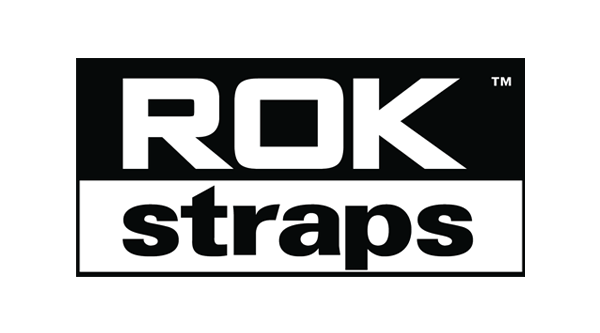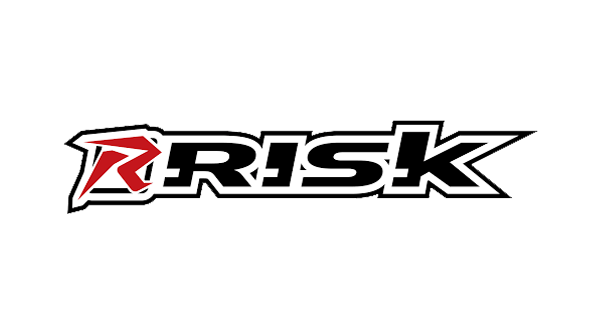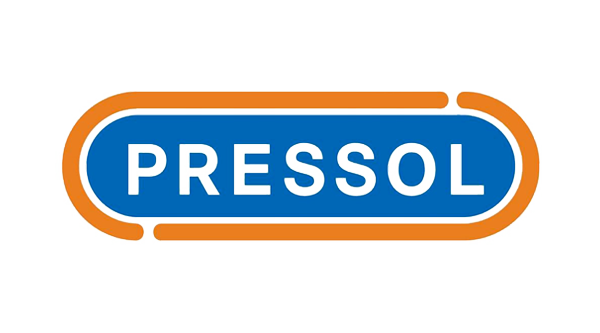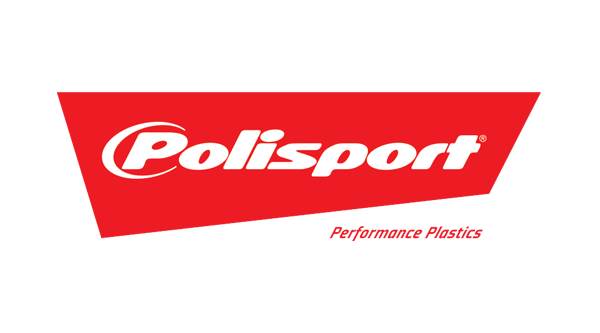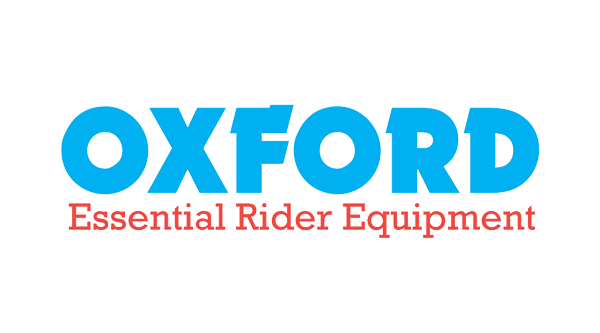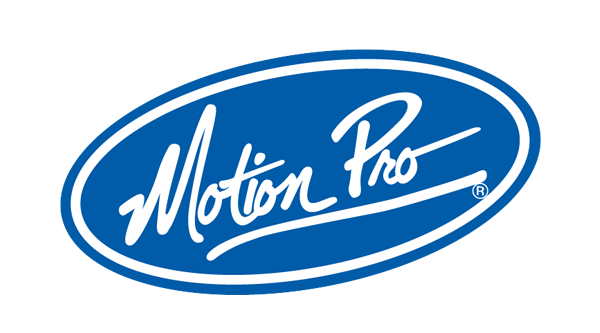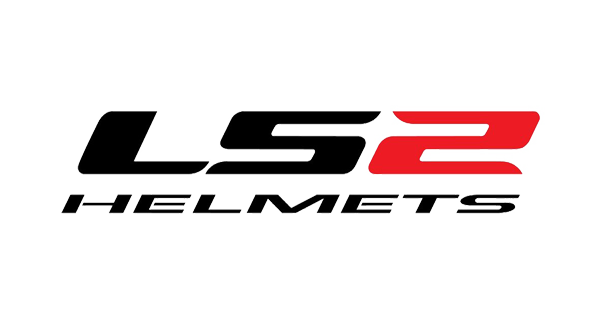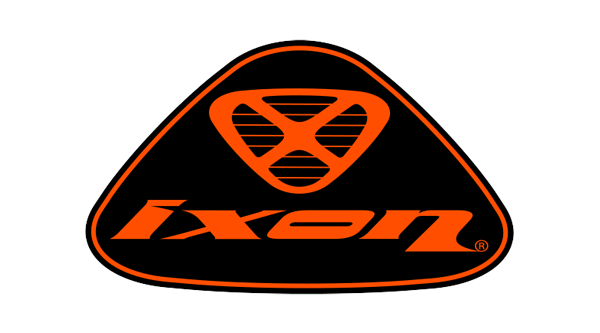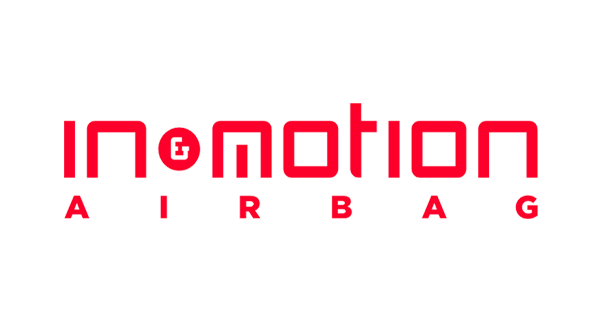EN (European Norm) safety standards for motorcycle clothing and equipment are established to ensure the safety and protection of riders. These standards are designed to evaluate various aspects of motorcycle gear, including abrasion resistance, impact protection, tear strength, and ergonomics. The EN standards provide a framework for manufacturers to produce motorcycle clothing and equipment that meet specific safety requirements. Let’s delve into some of the key EN safety standards for motorcycle gear and what sets them apart:
EN 13595: Protective Clothing for Professional Motorcycle Riders:
- This standard evaluates the entire garment’s performance, including abrasion resistance, tear strength, seam strength, and impact protection.
- It categorizes motorcycle clothing into different levels (Level 1 and Level 2) based on their protective capabilities.
- Level 1 garments are suitable for low-speed crashes, while Level 2 garments offer higher levels of protection for higher-speed impacts.
- This standard is especially crucial for professional riders who are exposed to higher risks on the road or track.
EN 1621: Impact Protectors for Motorcycle Clothing:
- EN 1621 specifies the requirements and test methods for impact protectors, such as knee and elbow armor, back protectors, and shoulder protectors.
- There are two main types of protectors: Type A for limb joints (knees and elbows) and Type B for back protectors.
- These protectors are tested for their ability to absorb and distribute impact forces, reducing the risk of injury to the wearer.
- Impact protectors are often made from materials like foam, gel, or viscoelastic polymers, designed to deform upon impact to absorb energy.
EN 13594: Protective Gloves for Motorcycle Riders:
- This standard specifies requirements for motorcycle gloves, including abrasion resistance, tear strength, seam strength, and ergonomic fit.
- Gloves are categorized into two levels (Level 1 and Level 2) based on their protective capabilities.
- Level 2 gloves offer higher levels of protection compared to Level 1 gloves.
- Gloves may also feature impact protection on the knuckles and palms to mitigate injuries during crashes.
EN 1353: Protective Footwear for Motorcycle Riders:
- EN 1353 sets standards for motorcycle boots, assessing their resistance to abrasion, tearing, and impact.
- Motorcycle boots should provide ankle support and protect against crushing injuries.
- They are evaluated for their ability to withstand abrasion in case of a slide, as well as their impact resistance to protect the foot and ankle.
These standards are special because they provide a comprehensive framework for evaluating the safety performance of motorcycle clothing and equipment. They ensure that riders are adequately protected against common hazards encountered while riding, such as abrasion injuries, impact forces, and limb fractures. Moreover, these standards enable consumers to make informed decisions when purchasing motorcycle gear, as products that meet EN safety standards have undergone rigorous testing to ensure their protective qualities. The standards also serve as a benchmark for manufacturers to continually improve the safety features of their products, leading to advancements in motorcycle safety gear over time.

